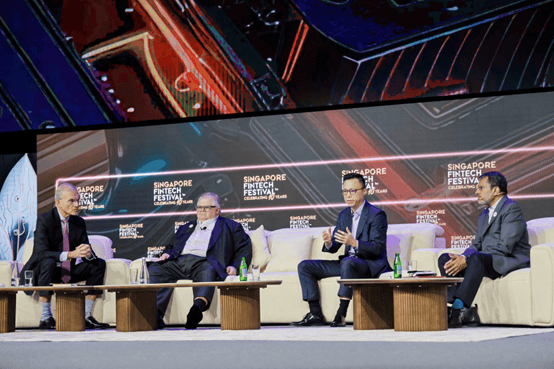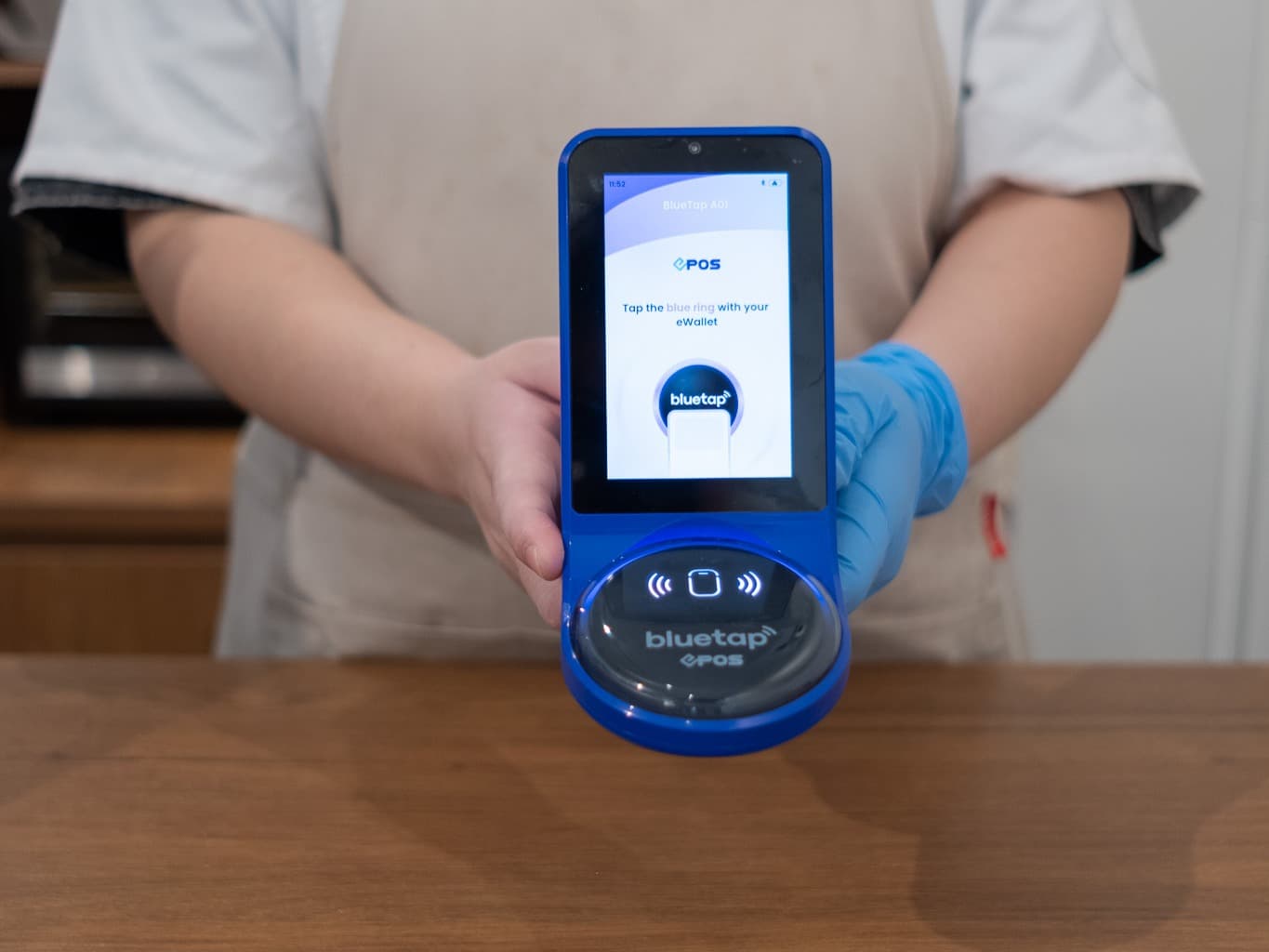
MARIKA OLLARANTA, HEAD OF DECARBONISING INDUSTRIES AND OUTI SUOMI, HEAD OF BIO AND CIRCULAR FINLAND PROGRAM, BUSINESS FINLAND
There is no doubt we are living through a climate emergency. Transformation needs to happen fast. But the good news is that it is still within our power to deliver change.
One area that needs such change is the textile industry – one of the largest sectors in the world. Unfortunately, its environmental impact is just as large. Millions of tonnes of clothes are produced, worn and discarded each year. Every second, the equivalent of a rubbish truckload of clothes is incinerated or landfilled.
The fashion industry alone is a significant contributor to the climate crisis, responsible for 2-8% of global carbon emissions. According to the United Nations Environment Programme, clothing production has nearly doubled since the turn of the century. In contrast, the number of times we wear a garment before throwing it away has decreased by 36% during the same time period.
That textile-heavy ecosystem is creating an urgent need to innovate and find greener, more sustainable solutions for the future of the fashion industry.
The need for a circular textile economy
The answer is circular. To tackle the environmental impact of textiles, governments and responsible global organisations are now calling on the industry to redesign the textile chain from a linear process to a circular economy. That is an ecosystem which involves reusing, repurposing and recycling existing materials to put them back into the economy in other forms.
Amid this climate, the European Union aims to be the world’s first climate change neutral continent by 2050, with a circular economy at its heart. The Commission has outlined a strategy that would change how fashion operates, producing textiles that are durable and recyclable, free of hazardous substances and made with respect for both people and the planet.
Fast fashion will be replaced with apparel that is made to be ‘made again’ – transformed into a future product by a resilient and thriving fashion industry that takes responsibility for the items it makes, long after the point of sale.
Fortunately, the textile industry is ready to adopt the green solutions that are set to negate these harmful impacts. Production value chains are rapidly reorganizing, creating an opportunity for the efficient use of both bio-based and recycled materials. But the industry needs the leadership, innovation and technology to help them take immediate and deliverable action today.
Finnish innovation in fabric and fibre
Finnish innovators are answering that call for sustainable fashion by putting their R&D to work. The country has already taken the lead and will initiate the separate collection of waste textiles from consumers in 2023, two years ahead of the EU-wide obligation in 2025.
As such, last year Rester Ltd opened the Nordics’ first large-scale plant in Paimio, Finland to process textile waste as an industrial raw material – handling 12,000 tonnes of end-of-life textiles each year. The plant accepts textile waste from other countries too, to help them process their end-of-life textiles and develop a closed recycling loop of textiles which doesn’t rely on landfill.
Pioneering Finnish businesses have already spent years recycling textile fibres and creating new types of bio or waste-based fibres that can replace cotton, polyester or viscose in the future. The country is now welcoming brands around the world to explore and take on the new technologies, services and systems its businesses have put into development over the past decade.
ExpandFibre is one such example of an R&D collaboration and ecosystem that will accelerate the development of sustainable bioproducts. The joint mission of energy company Fortum and forest industry group Metsä, it will provide selected markets with high-volume bioproducts that have a significantly lower carbon footprint compared to currently available fossil-based products. The collective aims to develop technology required to convert straw and pulp fibres into novel bioproducts, such as textile fibres.
Similarly, a partnership between Touchpoint and Lapland Hotels is putting the circular economy at the heart of their business operations. The hotel recycles all its machines, used textiles and furniture, as well as the sustainable workwear collection created by Touchpoint. The innovative Finnish business has also committed to taking back all the textiles it provides to its customers and can share its experience and expertise with businesses around the world.
Elsewhere, Ponsse and Globe Hope have joined forces to make business apparel made from innovative recycled yarn, which consists of the textile industry’s cotton waste and recycled plastic bottles. A single hoodie made from recycled materials saves 3,812 litres of water and 2.2 kg of carbon dioxide emissions. The technology can be adopted by other green-focused businesses to develop more low impact clothing.
Customer demand is driving a greener textile industry
The demand for low-impact materials is also filtering into the luxury sector. For example, premium designer Chloé is aiming to make its range ‘as sustainable and inclusive as possible’ – upping its use of ‘lower-impact materials’ to 58% for its spring/summer 2022 collection, up from 40% in autumn/winter 2021.
That’s because it’s not just governments and organisations driving a circular economy. Consumers are placing a higher value on sustainable products and seeing waste as a raw material. Today they expect more from their products. No longer is it enough to choose between cost, quality, luxury or a product which is recycled or sustainable.
As consumers become increasingly interested in how their clothing is manufactured, global fashion brands are starting to listen. The recent announcement from Infinited Fiber that it will invest some 400 million euros in a textile fibre production plant in Northern Finland is a concrete example of this ongoing development. The company transforms textile waste into a versatile, regenerated textile fibre called Infinna™. More than half of the planned factory’s output for the first few years has already been sold to the world’s fashion giants, including H&M group and Inditex, Zara’s parent company. The brand expects to deliver 30,000 metric tonnes annually, equivalent to around one hundred million T-shirts.
It’s time to design the future of textiles
Now is the time to encourage the textile industry to recognize the potential of a circular economy and a greener approach to fabric. Fabric waste can be recycled, reworked, reused and redeveloped as a raw material. To embrace that, businesses must launch product development projects that will spark international competition to help combat climate change.
International and cross-industry research and development projects are essential to build new ecological and sustainable practices in the textile industry. With R&D already far advanced in Finland, the country’s innovative approach to fabric reuse can help businesses and countries around the world embrace the future of textiles.
The new vision for the textile industry will require industry and governments to work together. It will need significant investment, innovation, transparency, and collaboration. But we believe if we all join forces and start today, we can scale up fast and usher in a new, sustainable dawn for future generations. It’s time to redesign the textile industry.


